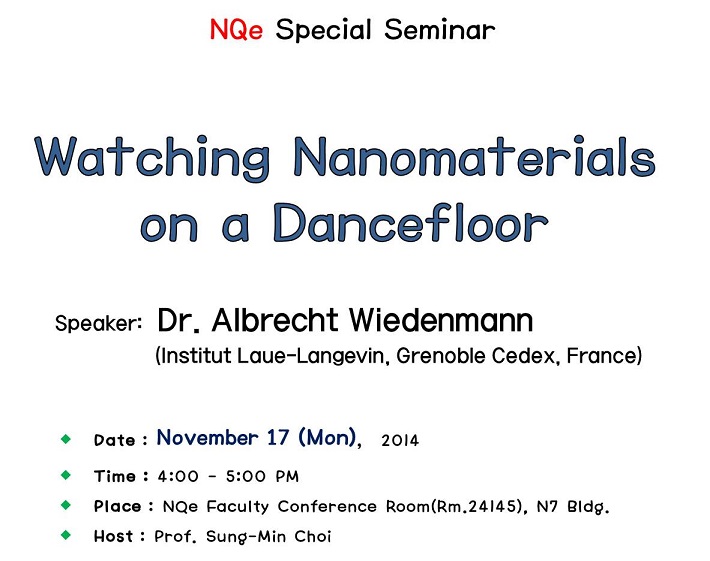2014-11-17

Abstract:
Stroboscopic Small Angle Neutron Scattering (SANS) techniques have been developed which allow ordering and relaxation processes in magnetic colloids, solid alloys and in soft magnetic metallic glasses to be monitored [1-5].In these techniques the response to a periodic external excitation such as oscillating magnetic fields or pressure jumps on the sample is recorded as a time-dependent Small Angle Neutron Scattering (SANS) signal. The accessible time-range is limited for conventional stroboscopic SANS by the wavelength spread while for the pulsed frame-overlap TISANE technique [1,3] microseconds can be reached. Ordering and relaxation processes have been investigated in magnetic colloids, solid alloys and in soft magnetic metallic glasses. Using fast multi-slit double choppers in the TISANE mode allowed the time resolution to be flexibly chosen and the SANS response to be measured when the sample was exited in an oscillating magnetic fields up to 10 kHz, which is nearly two orders of magnitude faster than the limit for continuous stroboscopic techniques [2]. By using polarized neutrons precise information about the delayed reorientation dynamics and order parameters of arrested moments are obtained [4].The fast TISANE technique greatly extends the scope of SANS studies to a wide range of materials such as pressure induced phase transitions in supercritical microemulsions [5]
[1] A. Wiedenmann et al Phys. Rev. Lett. 97, 057202 (2006)
[2] A. Wiedenmann et al J, Phys. Rev. B77, 184417(2008)
[3] R. Gähler and R. Golub, Z. Phys. B 56, 5 (1984)
[4] A. Wiedenmann et al., Phys. Rev. B 84, 214303 (2011)
[5] A. Müller et al submitted to PCCP